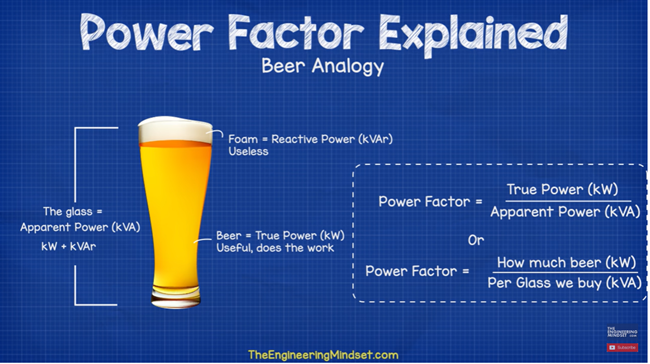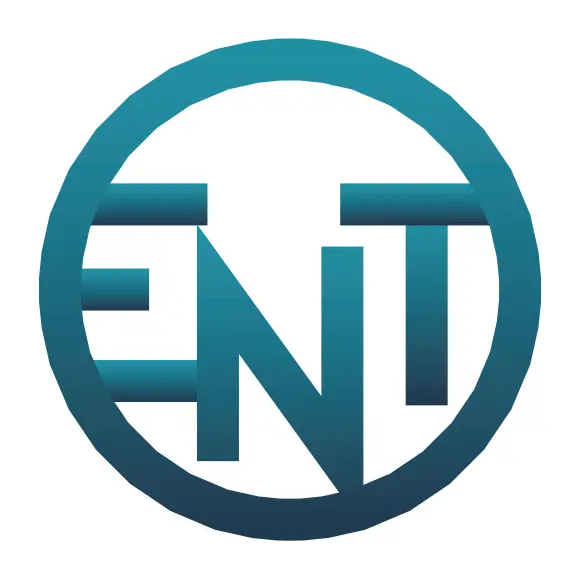ENERGY EFFICIENCY RE-PHASING THE CURRENT IN HOUSEHOLDS
The technique of re-phasing the current is widely recognized as a fundamental player in using the energy supply equivalent to reduce the dissipation of useful energy.
Such a technique is based on the assumption that, in alternating current circuits, the power absorbed by a generic user (for example an electric device or machine such as an induction motor, a transformer, a fluorescent lamp, a resistance welder, and so on) can be considered as the sum of two components of different kinds, an active power and a reactive power.
- active power (measured in kW) is what makes the useful effect of the machine or electrical device (the work, heat, force, movement, and so on).
- reactive power (measured in kVAR) is what produces just the electric field necessary for the machine or electric device to work, i.e. the electric field that is used to produce the magnetization flow of the users.
- apparent power (measured in kVA) originates from the composition of these two active/reactive components and represents the power actually delivered to the user by the power company.

Based on these premises, an indicator of rational, efficient and cost-effective use of the electrical energy is represented by the power factor (cos-fi), such a term meaning the ratio (variable between 0 and 1) between the active power and the apparent power.
